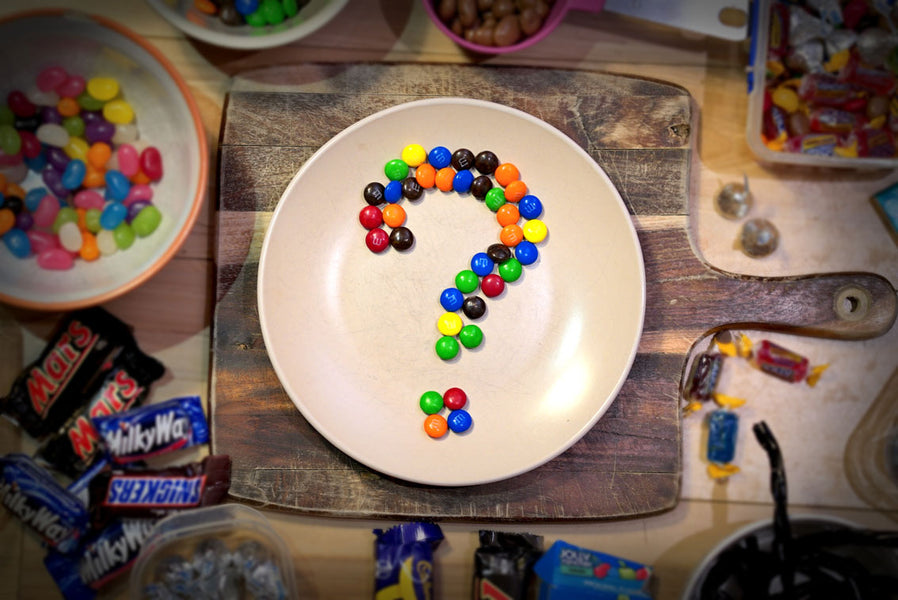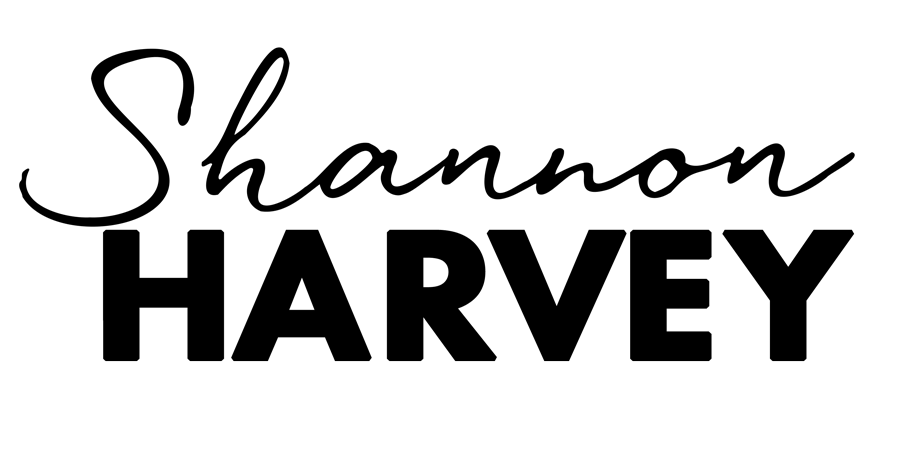
If you had bumped into me at the mall this morning you might have thought I’d gone crazy. My regular readers will know that I’m a health journalist with an autoimmune disease and that, among other things, I prioritise eating well. Indeed, I regularly write about my struggles with healthy eating in this mad world which seems set against me. So upon seeing me at the mall with a shopping bag full of sweets and treats, it would have been easy to assume that I’d fallen off the wagon. But in fact my candy-buying-binge was all in the name of research. It all started when I began asking people two simple questions;
1) How often do you think it’s ok to eat sweets and treats?
2) When you do eat those treats, how big should they be?
You see, I’m interested in the idea of moderation; the idea of taking a balanced approach to food, or consuming foods in reasonable amounts. On the surface it seems like a recipe for success. Knowing that it's ok to treat yourself can make it easier to stick to healthy eating overall. But the problem is, the term “moderation” and its interpretation can vary widely. It turns out that virtually no one eats junk occasionally. Here are what some people told me their definition of moderation was:
* A nightly serving of ice-cream (two scoops), plus cake at birthday celebrations and an occasional cookie at morning tea (three times a week.)
* Sugar sweetened yogurt every morning, a candy bar for afternoon tea and four pieces of dark chocolate after dinner
* A mochacino (chocolate-coffee) every morning, nightly dessert
* Two rows of milk chocolate daily
As I wrote in my piece Why "Everything In Moderation” is a Bad Idea the fundamental flaw in the concept of moderation is that our set point is skewed. Take for example, this research in the journal Appetite which demonstrated that the size of what people generally consider to be a moderate portion is highly dependent on how much a person likes the food and how much of it they eat in their everyday life. In other words, “moderation” is ambiguous and subjective.
Part of the problem is that there isn’t a universally agreed upon, or widely advertised definition of eating sweets and treats in moderation. I was fascinated to come across a paper commissioned by the National Confectioners Association (the leading association for the $35 billion US confectionery industry) which attempted to put some definitions in place. The paper is both shocking and revealing.
I’ll start with the shocking. When it comes to sweets and treats, “Big Candy” recommends that if we do eat confectionery, we should eat only between 50 to 100 calories a day.

I’m a visual person and I find charts off putting and hard to conceptualise, which is how I came to find myself at the mall with a bag full of crap. I wanted to know what these recommendations looked like in real life. Here is the results of my investigations.
According to the National Confectioners Association we should eat only...

Or...

For Aussie folk, I threw in a few comparable local favorites...

Note, you're a tad over your recommended daily allowance if you eat all three pieces of chocolate.

Oh, and if you go for the double choc variety, you can't even eat a whole biscuit on any given day.

I can only imagine what motivated the National Confectioners Association to published this. Perhaps it’s to prevent the same kind of law-suits plaguing the fast food industry from happening. Perhaps it’s to demonstrate that they have honest intentions for people’s health and wellbeing. Perhaps it’s to encourage people to think that eating candy on a regular basis is part of a balanced diet. When you look at the weekly version of these recommendations they’re really encouraging us to eat one or two candy bars every a week, when the reality is we don't need to eat any.
My point is this: most of us don’t eat anything like a “moderate” amount of confectionery. Who stops at just one Tim Tam on any given day? I’m a health journalist and it’s hard enough for me. I can’t even get my kids to stick to these daily guidelines and these are the recommendations for adults. The fact is, we’re all eating too much junk food and not enough real food. Our tummies may be full but our bodies are starving for nutrients.
You’ll recall that I felt that the National Confectioners Association recommendations were both shocking and revealing. You now know why it’s shocking. The reason it’s revealing is because it says to me that Big Candy doesn’t think that making these recommendations will make the slightest difference to its bottom line. People aren’t going to change their behaviour even when, deep down, they know they’re eating poorly. But, the science and complexity of behaviour change is for another time. (If you can’t wait that long you might want to check out this post I’ve written about behaviour change, or read the last chapter in my book which is called “Lasting Change.")
For the record, here’s one final photograph. After my interview with Brian Wansink, a Professor of Marketing and the Director of the Food and Brand Lab at Cornell University and an expert who studies how we can all eat better, I now focus on deliberately designing my environment so that I mindlessly eat well. If all that junk ended up in my pantry, it would also end up in my mouth. Instead, it went into the trash.






 My Year of Living Mindfully (DVD)
My Year of Living Mindfully (DVD) The Connection (DOWNLOAD-TO-OWN)
The Connection (DOWNLOAD-TO-OWN) My Year Of Living Mindfully - Book
My Year Of Living Mindfully - Book




